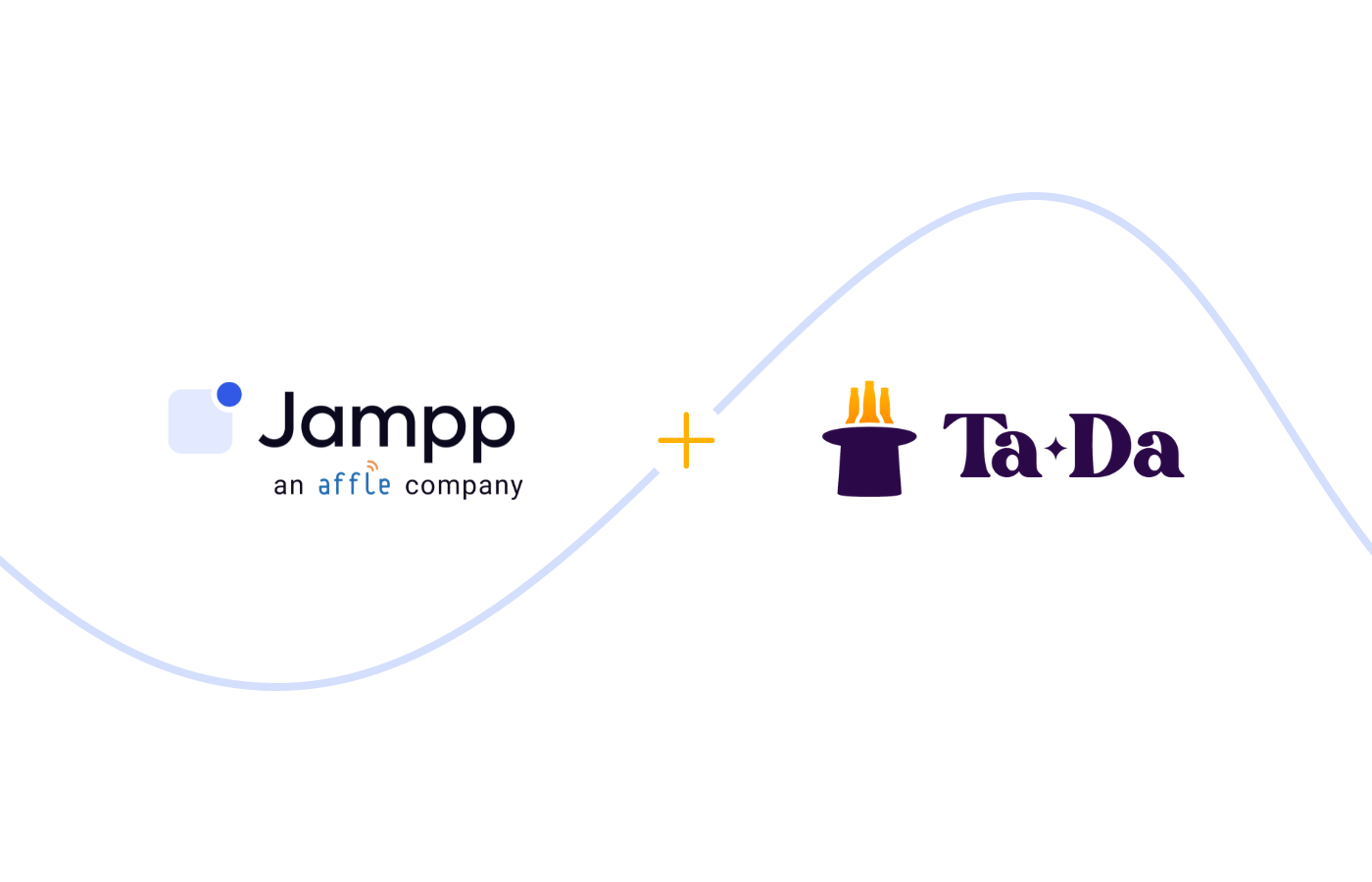How randomized timers work in SKAN 4.0
All the latest updates on SKAdNetwork’s infamous randomized timer.
November 16, 2022

In this article, we focus on how the SKAdNetwork randomized timer has changed in the latest release and what this means for app marketers.
How the randomized timer worked in previous SKAdNetwork versions
In SKAN 3.0 and previous versions, the randomized timer was very limiting, mainly because there was only one postback available.
After an install or any other conversion took place, a 24-hour timer started. During that period of time, if the user conducted any other action that updated the SKAdNetwork conversion value, the timer would reset for another 24 hours.
Only when the conversion value hadn’t experienced any updates for 24 hours, the final timer would start and then send the postback (not immediately, but at some point during the following 0-24 hours).
How SKAdNetwork’s randomized timer is changing in version 4.0
In the 4.0 version, one of the most relevant changes is that instead of receiving only 1 postback, advertisers might get up to 3.
These three postbacks are based on specific conversion windows:
- 1st postback window ➡️ 0-2 days
- 2nd postback window ➡️ 3-7 days
- 3rd postback window ➡️ 8-35 days
While in previous versions there was only one postback triggering only one timer, in SKAN 4.0, each of the three postbacks has its own randomized timer.
How randomized timers work in SKAN 4.0 (step by step)

1️⃣ Conversion window 1 starts. A user is exposed to an ad, clicks on it, and installs the app. No further conversions are registered for the remainder of that conversion window.
2️⃣ When conversion window 1 ends, two things happen: (1) the timer for sending postback 1 starts—this means that you receive the first postback between 24-48 hours after the first conversion window ends; (2) conversion window 2 starts.
3️⃣ Conversion window 2 spans from day 3 to day 7 (after the install). When conversion window 2 finalizes on day 7, if there are enough registered conversions to meet the threshold, the timer for sending postback 2 starts.
While in the first postback the length of the timer is 24-48 hours, in postbacks 2 and 3 the randomized timer is of 24-144 hours, so you might receive the second postback up to 6 days after the conversion window ends.
4️⃣ Immediately after the second conversion window ends, the third and last conversion window (8-35 days) starts.
5️⃣ When conversion window 3 finalizes on day 35, if there are enough registered conversions to meet the threshold, the timer for sending postback 3 starts. You receive the first postback between 24-144 hours after the conversion window 3 ends.
Key considerations for your iOS User Acquisition campaign
- Since SKAN 4.0 will have 3 postbacks, Apple introduced a postback-sequence-index parameter to distinguish between postbacks 1, 2, and 3—but it won’t be possible to tie postback 1 to any subsequent postbacks.
- The length of the randomized timer varies depending on the conversion window: it’s shorter for postback 1 (24-48 hours) and longer for postbacks 2 and 3 (24-144 hours). lockWindow can be used strategically to receive these postbacks earlier.
- SKAN 4.0 postbacks have new fields for parsing coarse-conversion values, make sure to work together with your MMP to support these new values.
The randomized timer is one of the many changes Apple implemented in the new SKAdNetwork version. You can learn about all the new changes here.
Drive incremental performance on iOS campaigns
We understand that the latest changes in SKAdNetwork add a new level of complexity to iOS campaigns. At Jampp, we’re working together with our customers to test, iterate, and better leverage these updates. If you want to keep learning about what’s new in SKAdNetwork 4.0, contact us to talk to one of our experts or check out the following articles:
Subscribe to our email newsletter









